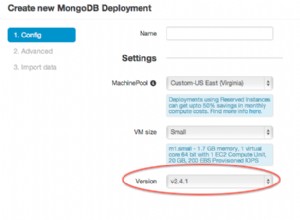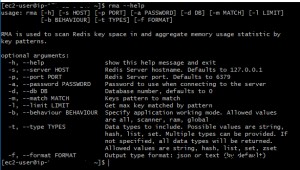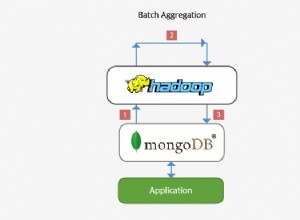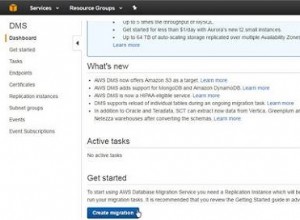jeśli twój obiekt jest płytki, możesz użyć skrótu dla każdego elementu i listy dla tablicy
używanie klucza listy do nazwy kluczy pozycji itemlist używanie skrótu do przechowywania rzeczywistych danych w kluczu, takim jak item:1
const data = [
{
id: 1,
nombre: 'cualquier',
descripcion: 'descripción muy especifica',
monto: '100000',
fecha: '2019-10-16',
estado: true
},
{
id: 2,
nombre: 'conjunto autosustentable',
descripcion:
'es un proyecto creado para favorecer al medio ambiente y reducir costos de estilo de vida',
monto: '15000',
fecha: '2019-12-16',
estado: true
},
{
id: 3,
nombre: 'cultivo autosustentable',
descripcion:
'el objetivo es reducir el costo de producción de alimento y favorecer el medio ambiente',
monto: '190000000',
fecha: '2019-12-16',
estado: true
}
]
// using ioredis lib in this example
// saving it to redis
for (let i = 0; i < data.length; i++) {
const item = data[i]
await redis.hmset('item:${item.id}', item)
await redis.lpush('itemlist', `item:${item.id}`)
}
// getting it back from redis: first geet the keys ; then get all the data
const keys = await redis.lrange('itemlist', 0, -1) // 0, -1 => all items
const p = redis.pipeline()
for (let i = 0; i < keys.length; i++) {
const key = keys[i];
p.hgetall(key)
}
const resp = await p.exec()




